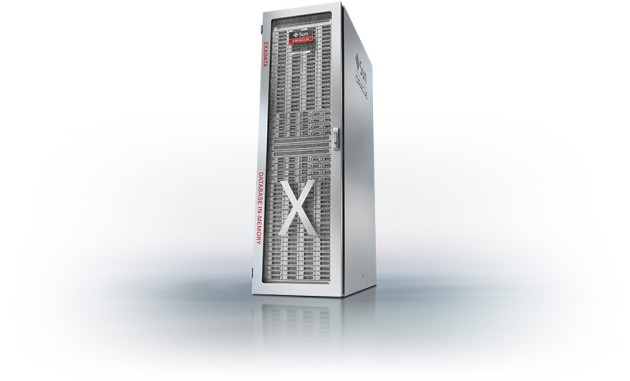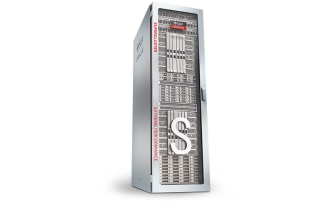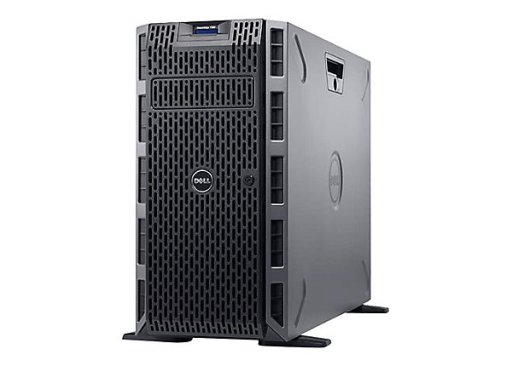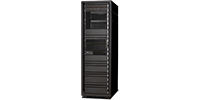Oracle’s Exadata, Exalogic, and Exalytics machines, IBM’s Pure Systems, and Hewlett-Packard’s CloudSystems are all examples of such machines. Integrated infrastructure systems generally converge servers and switching and either some storage or at least access to external storage, but do not include anything beyond infrastructure management for all the software and are not tuned for specific application workloads.
Oracle database technology network latest updates:
http://www.oracle.com/technetwork/articles/index.html
Latest Engineered systems:
Exadata X5-2:
https://www.oracle.com/engineered-systems/exadata/database-machine-x5-2/index.html

Hardware configuration:
Xeon® E5-2699 v3 Processors (2.3GHz, MaxTurbo 3.5) — 18 cores, 45M cache.
Memory — 768 GB max.
56 PCI flash cards with 89.6 TB (raw)
Exadata Smart Flash Cache, 168 x 8 TB 7,200 RPM High Capacity disks
Full specs:
http://www.oracle.com/technetwork/database/exadata/exadata-x5-2-ds-2406241.pdf
It’s not a simple hardware upgrade, it’s a power house with 106Gb/sec raw IO bandwidth, and with high core and memory it’s an ideal server to host VM’s. All disks are hot swappable and support RAID 0, 1, 5, 6, 10, 50, and 60. The RAID controller has a 1GB write back cache design and uses an energy storage module to save data in flash upon server power failure.
Oracle Documentation:
https://docs.oracle.com/cd/E50790_01/doc/doc.121/e51953/app_whatsnew.htm#CEGHGCDF
Oracle Super Cluster:
Cloud Based Appliance, designed for database consolidation and Oracle applications. It’s a power full system with lot’s of in-built features.
https://www.oracle.com/engineered-systems/supercluster/supercluster-m7/index.html
 Hardware:
Hardware:
32-core M7 processor(4.1) 64X32GB RAM
Storage servers: Xeon E5-2630 processes
What’s so special about it?
It’s with M7 processes, it’s packed with multiple new powerful features:
- In-line decompression — allows to use less cores.
- SQL Acceleration for Oracle In-Memory database — Best used for Analytics.
- Cryptographic acceleration — less overhead on encryption, end-to end.
Oracle Database Appliance (ODA):
It’s a readily available box for database deployment. It’s just like a stand alone compute node, and supports virtualization.
http://www.oracle.com/technetwork/database/database-appliance/oracle-database-appliance-brief-2494143.pdf
Easy database deployment options, its installed with same intel xeon processors (X5-2 configuration).
White papers on engineered Systems:
Download Exadata_ebook
Smart Flash cache
Technical document on database machine
Data in cloud
IBM Power systems:
IBM trademark power servers, with latest power8 CPU provides a high performance and lower cost
server. Upto 16 TB memory, Up to 60-80 cores with 4.02 GHz and 4.19 GHz respectively. It provides L2/L3/L4 caches and further divide between processes.
It has IBM features Hypervisor for Virtualizaiton, RAS features, Capacity on Demand features. It’s the best way to manage CPU resources.
White papers on Power servers:
Power 8 processor systems
Power systems performance reviews
Power system FAQs
Dell engineered solutions:
PowerEdge servers T130, T330, R230

Dell has collaborated with Oracle to provide engineered solutions to database servers. It has launched new PowerEdge 13th generation servers, it has two form factors. One is Tower model, and the other one is Rack servers. Both are powerful machines, provides dual socket performance for HPC, and highly scalable. They are available in budget, and provide variant storage options.


You must be logged in to post a comment.